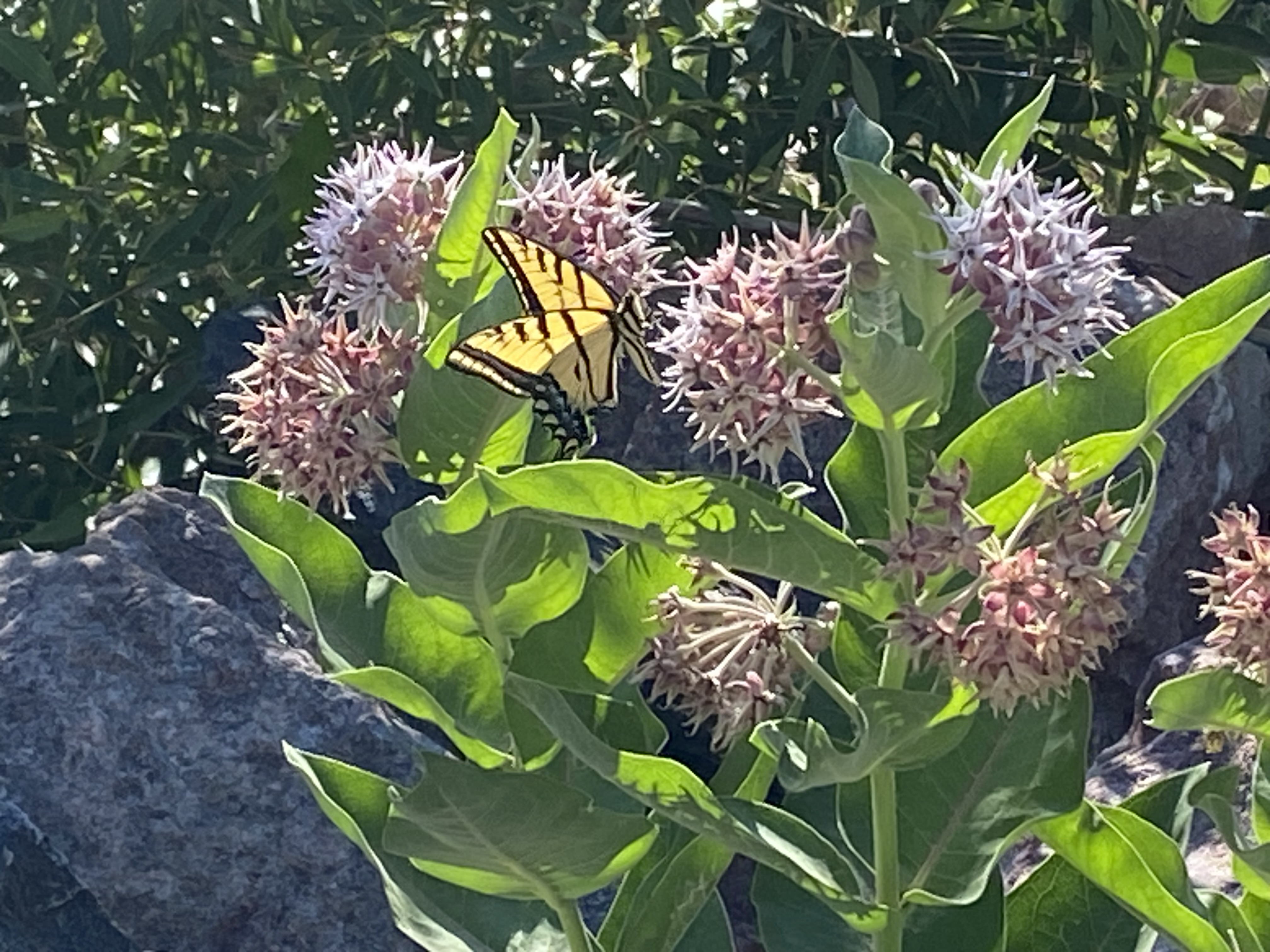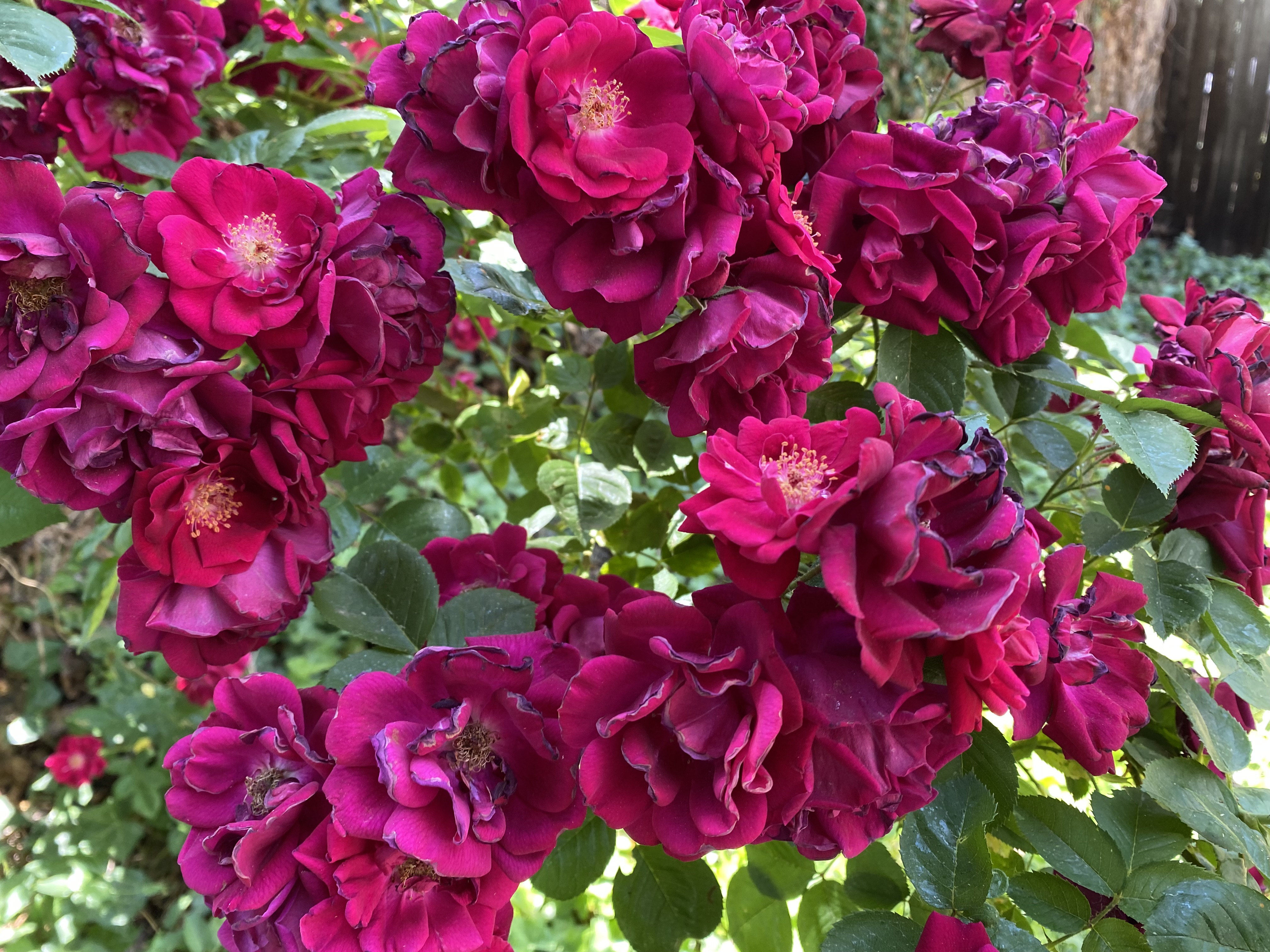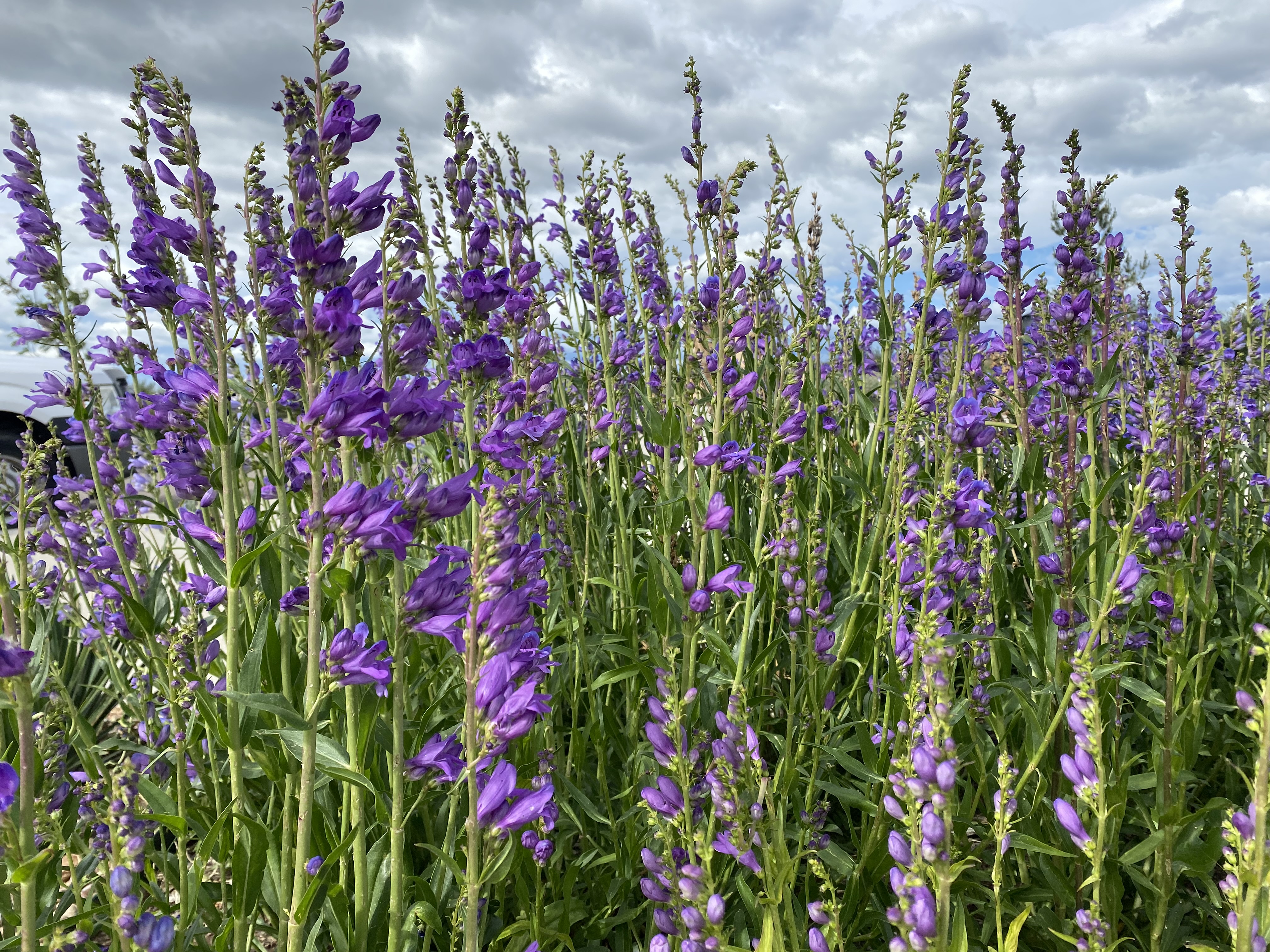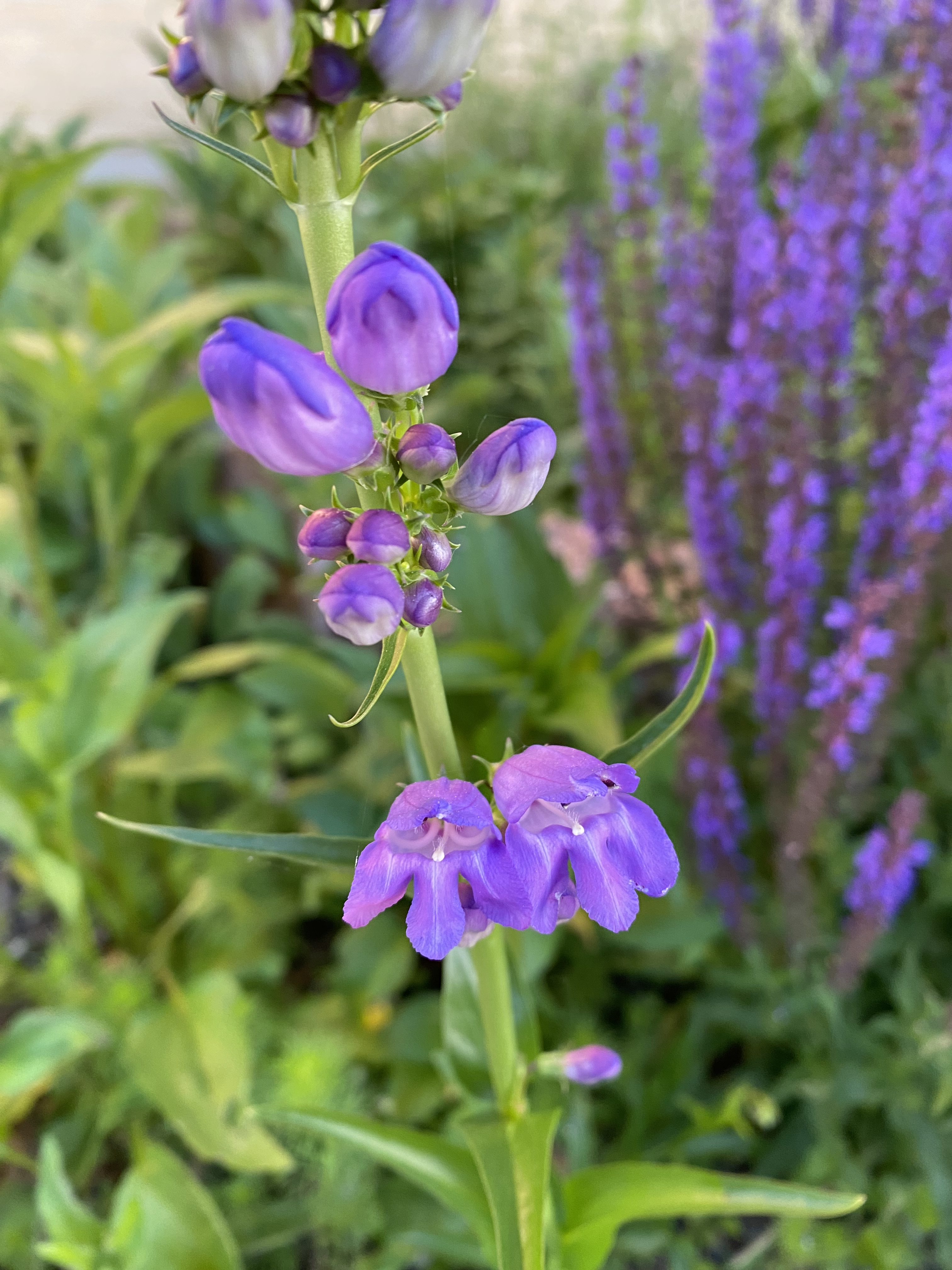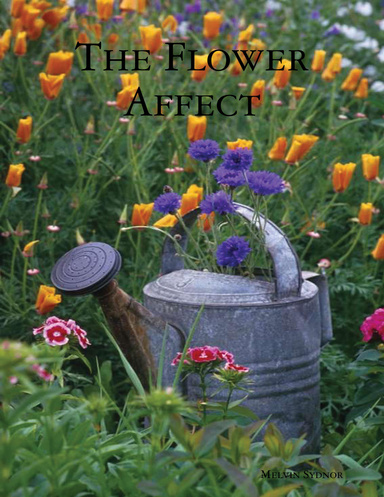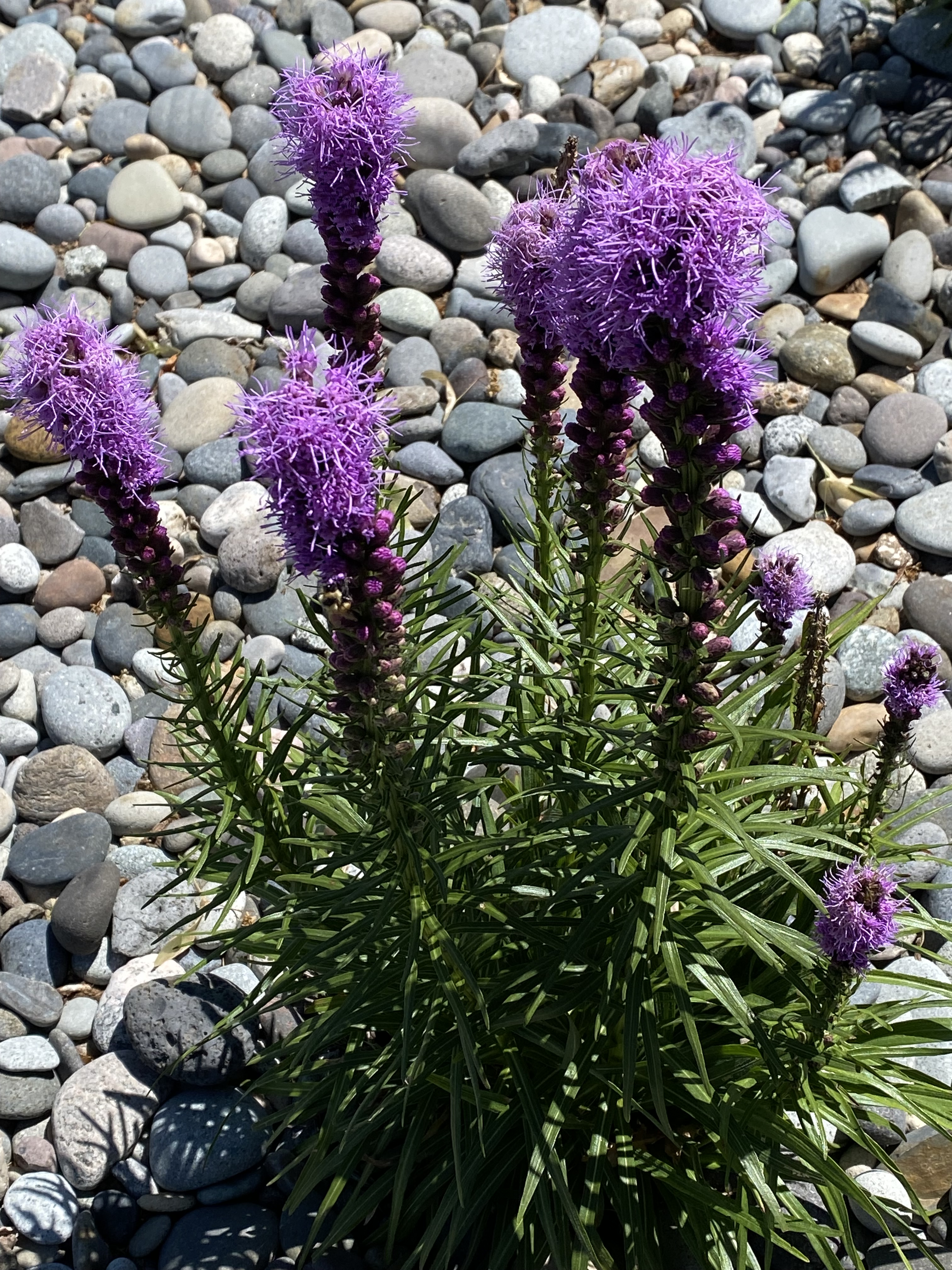
A flower resilient enough to thrive in the drought conditions of zone 4 is our featured flower of the month Dense Blazing Star. The Dense Blazing Star, scientifically known as Liatris spicata, is a perennial wildflower native to the eastern and midwestern regions of North America. It thrives in full sun and well-drained, slightly acidic soil, and is known for its striking spires of purple or white flowers that bloom from summer to fall. Cultivation involves planting corms in the spring after the last frost, with adequate spacing for growth. This hardy plant is a favorite among gardeners for its low maintenance and ability to attract pollinators like bees and butterflies. Cheers

